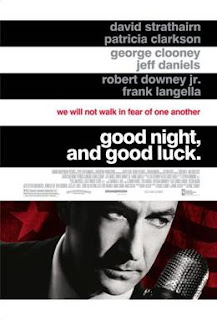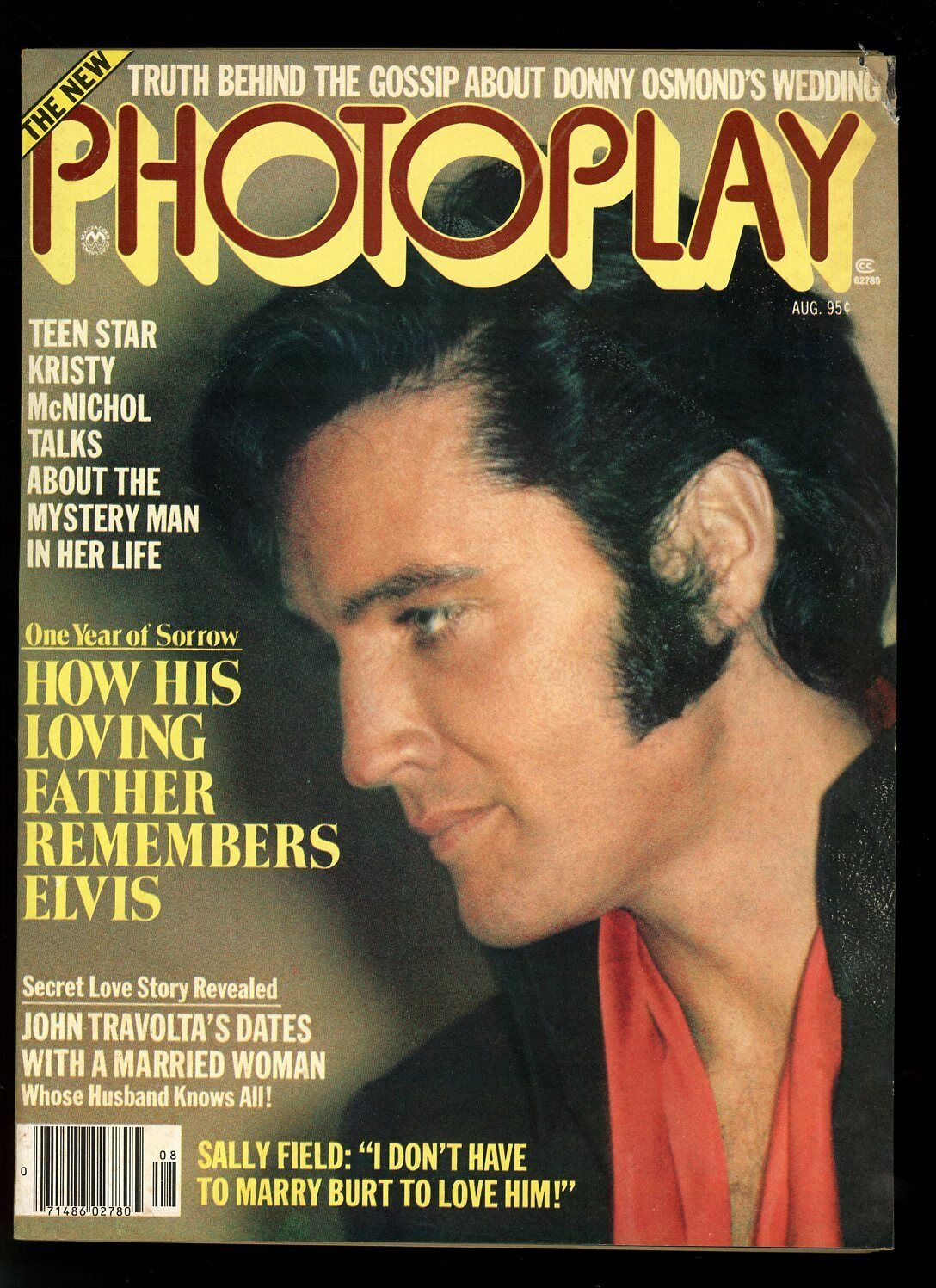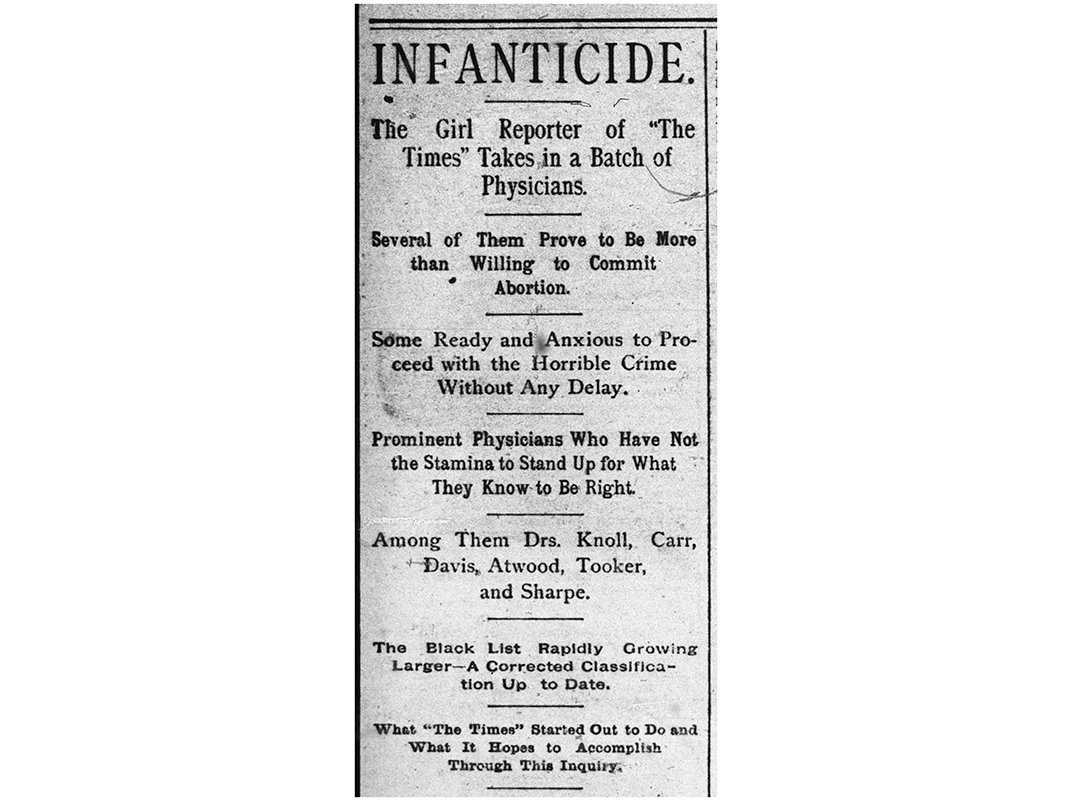Freedom of the press has always been and will always continue to be a top priority for Americans. Even back in 1690, Americans thought it important to create a way to talk about ideals, news, and gossip with their communities. Benjamin Harris was one of these people, and on September 25th, 1690 he did just that. He published the first ever colonial newspaper in America, named Publick Occurrences Both Foreign and Domestic. Although the paper only ever lived to see one issue date, it was influential in starting the conversation revolving around freedom of press, and the responsibility it bears in keeping the government in check.
Benjamin Harris was an English Publisher based out of Boston, Massachusetts. He was known in England for this pieces that spoke out against the monarchy, and found himself on trial in a case regarding seditious libel. Following his sentence, he moved to America and opened up his own coffee shop, London Coffee House. He decided to publish a newspaper, one of which consisted of local news, gossip, the updates on King William's War, and the atrocities resulting from the allyship of Native Americans and the British Soldiers.
The paper itself was four pages in length, it was formatted like a traditional English newspaper, except Harris left some pages blank in the back for readers to fill in. Prior to Publick Occurrences, people had published single sheet broadsides, or were reading the newspapers sent over from England. This made Harris' paper the first ever multi-page colonial newspaper. His target audience was supposed to the city's merchants, but sadly the paper was cancelled the next day. The lack of license prohibited Benjamin Harris from continuing to publish, and prompted the governor and council of Massachusetts to pass a broadside order on September 29, 1690.
https://www.massmoments.org/moment-details/first-newspaper-published-in-the-colonies.html
America didn't see another newspaper for the next fourteen years, until John Campbell came along with his legal version named The Boston News-Letter. This was the first continuously published newspaper in America. Based once again out of Boston, Massachusetts John Campbell, a loyalist, decided to give print work another try. He was born in Scotland, and emigrated to America to open a book store as a post-maker, he also served as Justice of the Peace for Suffolk County. On the week of April 17-24, 1704 The Boston News-Letter was born, a single sheet of double sided paper, lined with two columns that spoke on news of "Mother England", local news, and lengthy abstracts of the Mid-December Issues of The London Flying Post and The London Gazette. Campbell also made sure that every issue he published read "Published By Authority" at the top, as he didn't want to share the same fate as Benjamin Harris.
The newspaper was a success, running for seventy four years, fifteen of those unopposed until The Boston Gazette appeared. Even big cities like New York didn't have their own papers until 1725! But, before The Boston News-Letter was a smashing success it began as a weekly pamphlet sent out to New England's governors by Campbell, until he saw the selling value. At the time, he rarely exceeded printing three hundred copies. The format John Campbell sought out has now become the standard American Newspaper layout, ironically created by a English loyalist. At it's core this was a family run business, so when John Campbell passed away in 1722 the operation was passed down to his printer Bartholomew Green, and so on through the Green family as years went on.
This was also the only newspaper in America that was active during the American Revolution, being the sole reporter on events like the Boston Tea Party, Battles of Lexington and Concord, and the Battle of Bunker Hill. The last issue was in February of 1776, published just before the British troops left America and the country was named independent. With the end of The Boston News-Letter, the family of loyalists left emigrating to Halifax with the rest of the British settlers.
https://www.readex.com/blog/published-authority-boston-news-letter-1704-1776
Sources:
https://www.historyofinformation.com/detail.php?id=400
http://nationalhumanitiescenter.org/pds/amerbegin/power/text5/PublickOccurrences.pdf
https://www.poynter.org/reporting-editing/2014/today-in-media-history-first-colonial-newspaper-published-in-1690/
https://www.massmoments.org/moment-details/first-newspaper-published-in-the-colonies.html
https://www.masshist.org/database/186
https://americanantiquarian.org/earlyamericannewsmedia/exhibits/show/news-in-colonial-america/item/116
https://newenglandhistoricalsociety.com/boston-news-letter-loyalist-rag-reports-news/







.webp)














